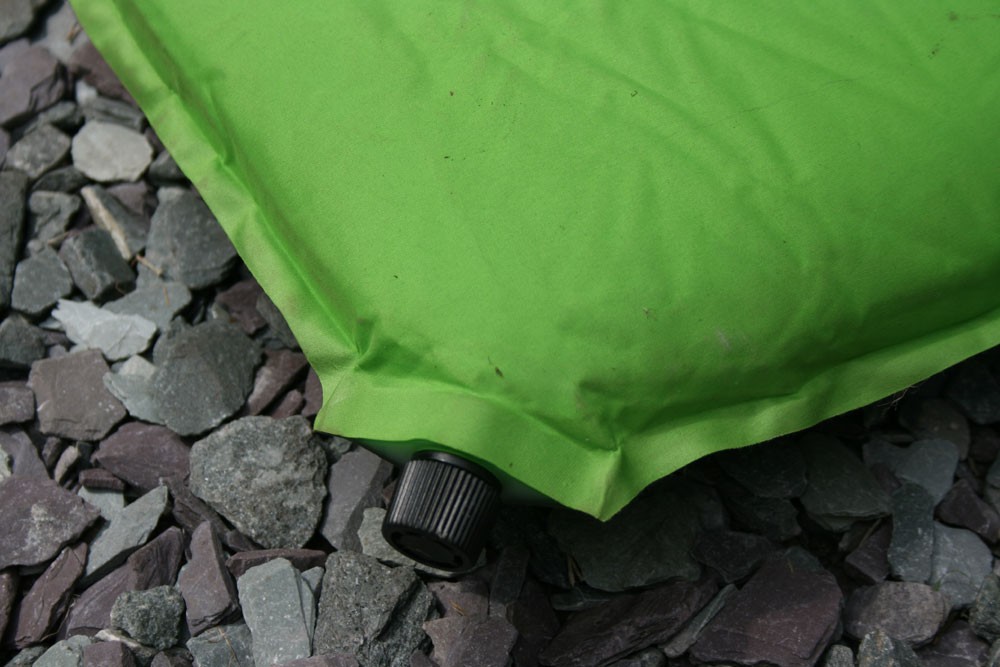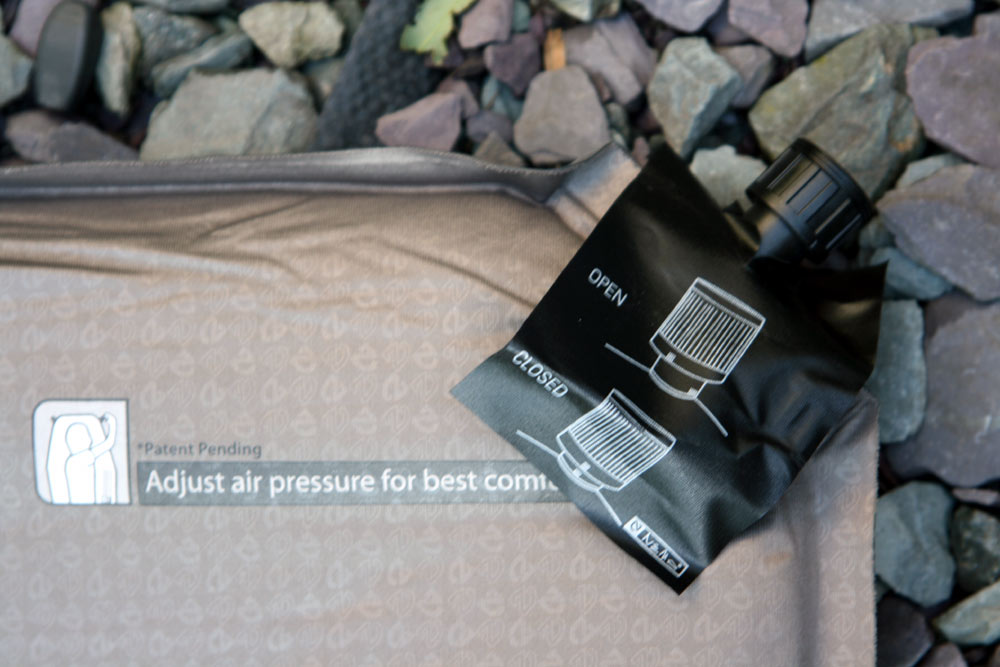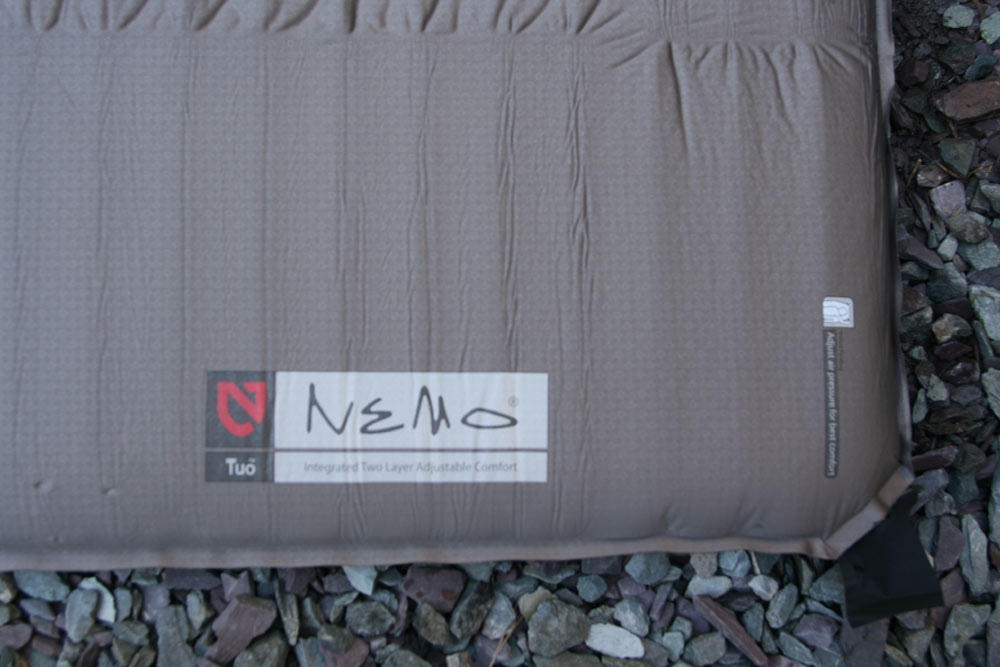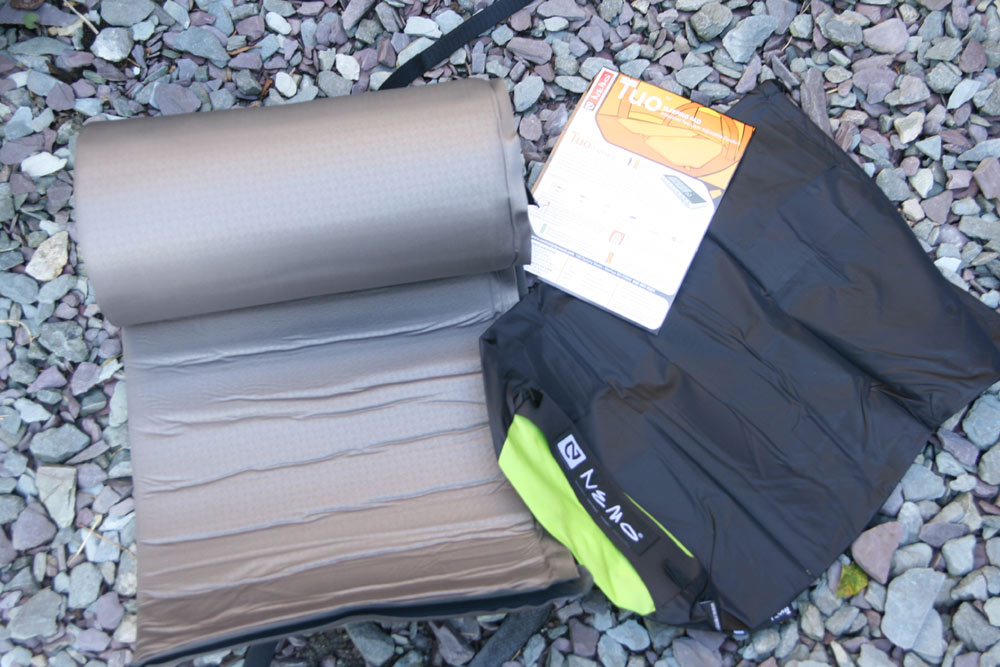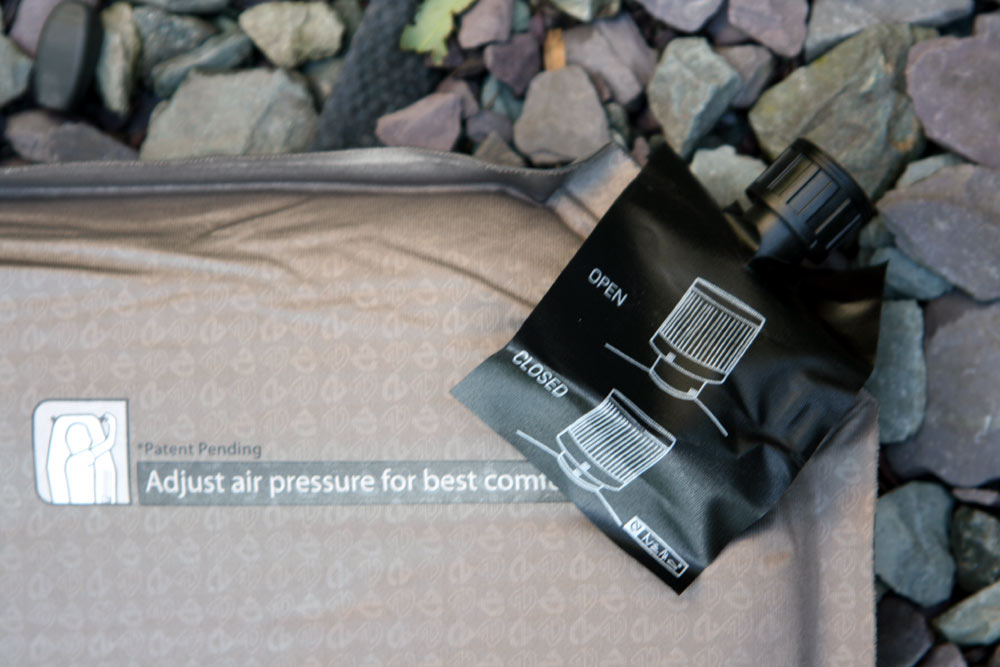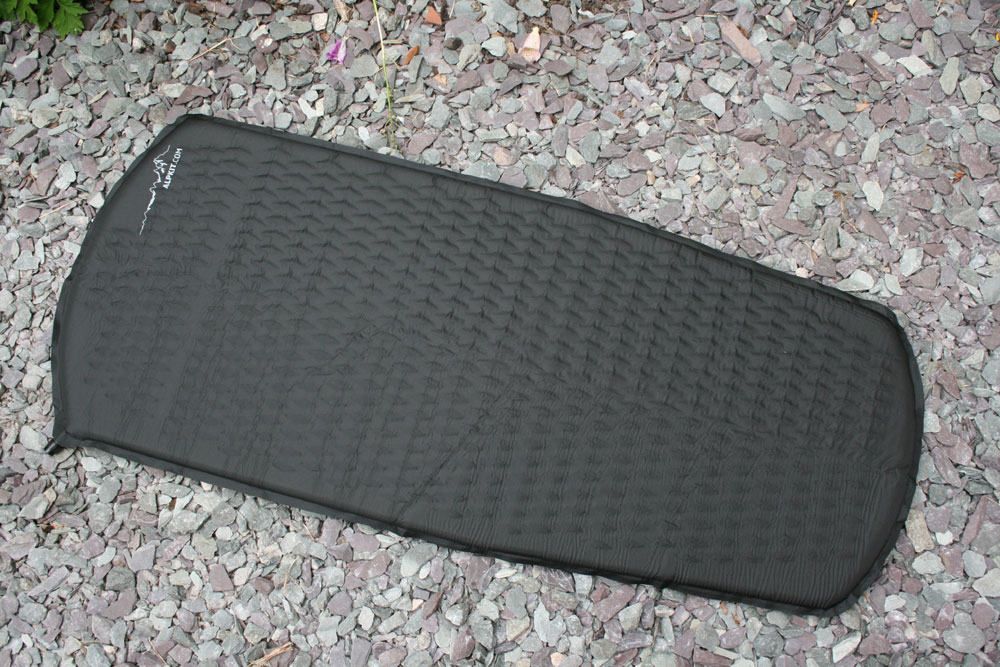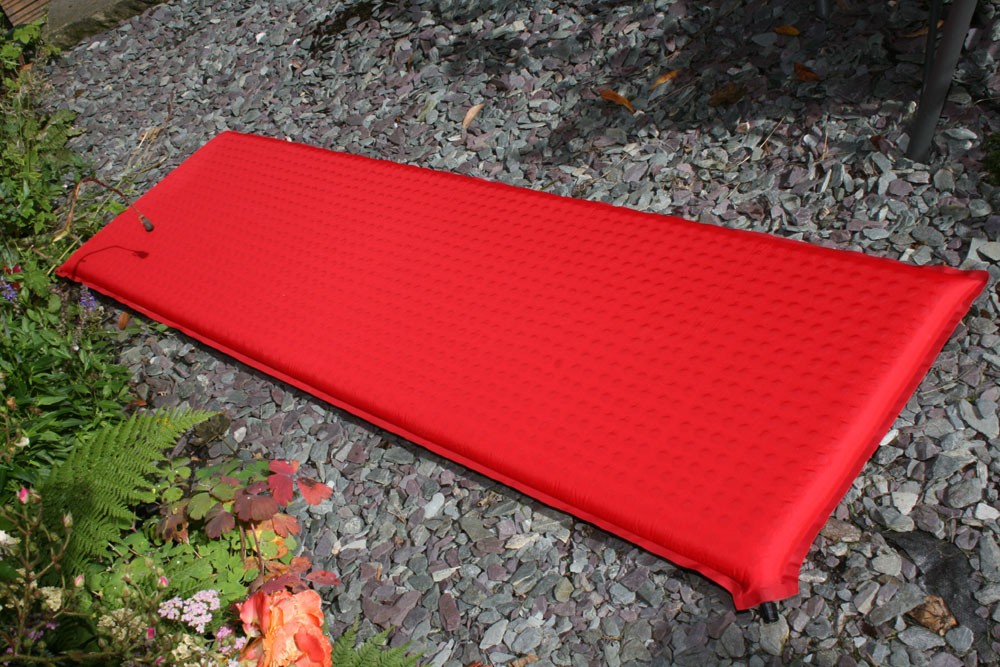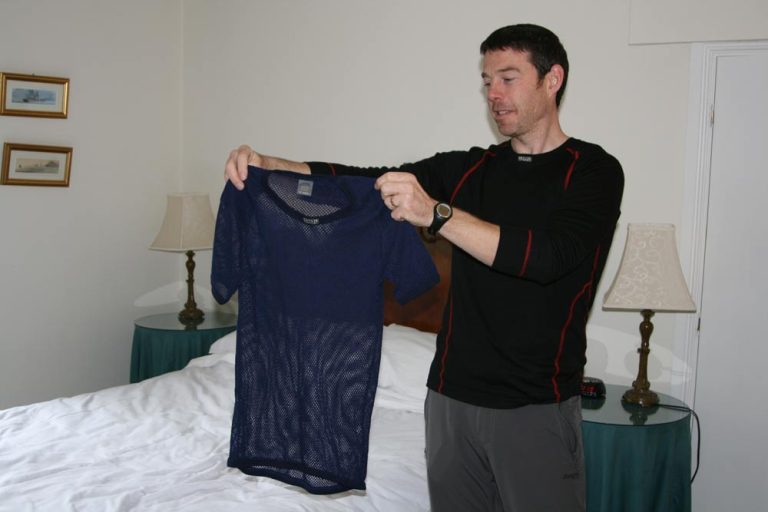This week’s Monday Tip – yes, it’s a day late, but that’s Bank Holidays for you – is about self-inflating sleeping mats and how to care for them on and off the trail for maximum performance.
Self-inflators – the best known brand is probably Therm-a-Rest – are effectively an air mattress but with a perforated foam core. The idea is that the foam holds air still within the mattress and stops air circulating and conducting heat to the cold ground.
The ‘self-inflating’ bit comes from the idea that the expanding action of the foam will help draw air into the mattress, but as most users will know, you’ll still need to help things along with some strategic blowing.
Incidentally, closed cell foam pads like the original Karrimat are warmer for their weight and much less fragile, but also bulkier and less comfortable.
Storing and Carrying
Store self-inflating mats at home fully expanded and with the valve open. That helps any moisture trapped inside the mat to disperse and keeps the foam nice and expanded. Store it compressed and eventually the foam’ll flatten out. Under your bed is an ideal storage space, or upright against a wall with the valve open at the highest point.
For carriage, pack the mat down by rolling it up with the valve open before closing it – you may have to do this twice to minimise size. Bodyweight flopped on a roughly folded mat is a good way of removing the bulk of the air to begin with. For easy packability, consider folding the mat in half lengthways so the final roll is half the width of the mat. Watch out for anything on the ground which may puncture the mat as you roll it up.
We’d always carry self-inflating mats inside your pack or inside a very tough stuff bag simply to reduce the chances of a puncture.
Hyper Inflation…
Like we said, ‘partially self inflating’ is closer to the truth – you’ll need to top things up by blowing into the valve even if you do leave the mat sitting for ten minutes to do its thing. Getting the pressure right is down to personal preference. You’re looking for a compromise between comfort and cushioning from the ground. The thicker the mat, the easier it’ll be to find the sweet spot. Or it may not quite exist.
Nemo has tackled the issue by producing a mat with two horizontal chambers. The upper can be inflated soft for maximum comfort, while the lower is blown up firm for ground protection. Genius, but a little heavier.
Mattresses with down fill, like some of Exped’s range, are best inflated with a pump to keep the down dry and working efficiently. Whatever you use, beware of spiky things and, no matter how tempting, resist the temptation to use your mat as a sun-lounger outside the tent. Puncture prevention is easier than cure.
Repairing A Mat Flat
Most mats come with a repair kit consisting of a patch and some form of adhesive. They generally do a good job, but trying to find a pin-hole puncture in the dark isn’t fun, so it’s best to avoid in the first place.
Submersion in a bath or clear pool is a good way of tracking down elusive holes, but obviously not always practical.
If you don’t have a repair kit, duct tape is an alternative solution. While for long-term repairs at home, we’ve found McNett’s Seamgrip highly effective.
Last but not least, one big plus of foam-filled mats over pure lightweight air ones is that a foam-filled one will still give some basic comfort even when punctured, while an air mat will simply deflate to pancake levels of flatness.
And if all that worries you – go old school and stick to simple, closed-cell foam. With care though, most self-inflators are pretty reliable, though the ultra-lightest versions can be a little more prone to holing. Follow our tips and you should be fine.


